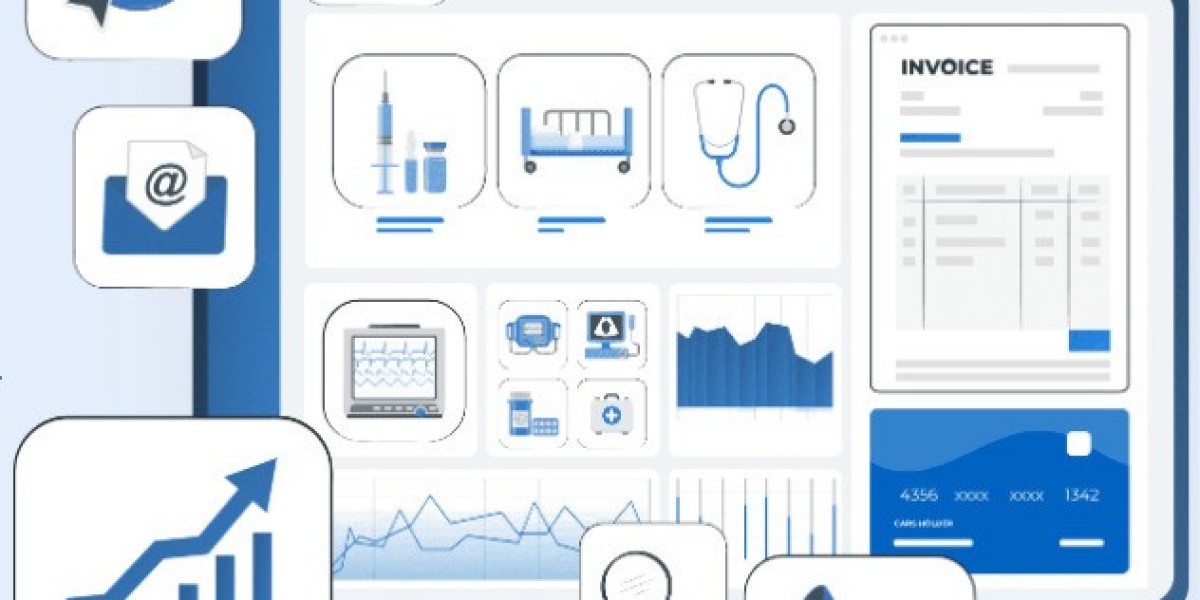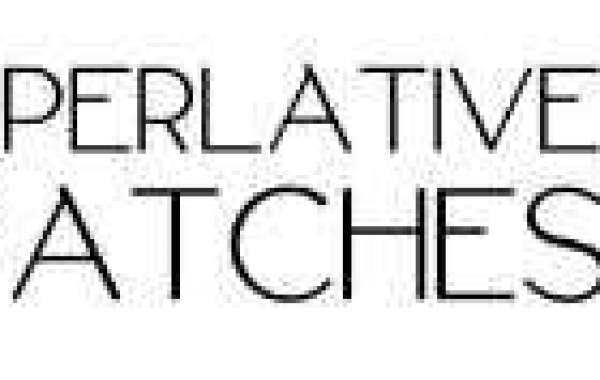Durable Medical Equipment (DME) billing is a specialized field within healthcare, characterized by its complexity and unique regulations. For healthcare providers, DME suppliers, and billing professionals, navigating the intricacies of DME billing can be challenging. The process involves ensuring compliance with specific Medicare, Medicaid, and private insurance rules while managing administrative tasks, claims processing, and payments.
In this article, we will explore the top challenges in DME billing and how modern software solutions can help providers and billing companies streamline processes, enhance accuracy, and ensure timely reimbursements.
1. Understanding and Complying with Complex Regulations
Challenge: One of the biggest challenges in DME billing is understanding and complying with the various regulations imposed by Medicare, Medicaid, and other insurance companies. DME billing is not only subject to standard healthcare rules but also to additional documentation and coding requirements unique to DME products. For example, each item must meet specific Medicare guidelines, and medical necessity must be demonstrated through proper documentation.
Failing to comply with these regulations can lead to claim denials, delayed payments, and audits. Providers must also be aware of changing policies, which can vary by state and payer, making the process even more complicated.
Solution: Modern DME billing software can be programmed to stay updated with the latest changes in rules and regulations, thus ensuring compliance with the most current policies. Automated alerts notify billing professionals when documentation is missing or when new regulations come into effect. Furthermore, software solutions can include a library of payer-specific rules to ensure accurate billing and coding, reducing the risk of denials and compliance-related issues.
2. Frequent Denials and Rejections
Challenge: Claim denials and rejections are common issues in DME billing, often resulting from improper coding, insufficient documentation, or failure to meet payer-specific requirements. With DME claims being more complicated than regular medical claims, it’s easy to miss a step in the process, leading to rejected claims.
Claims denials can have a significant impact on cash flow, as resolving them requires additional time, resources, and effort to correct and resubmit. Denied claims can also lead to delays in payments, resulting in financial strain on the provider or DME supplier.
Solution: DME billing software can help reduce claim denials by automating the claims process, ensuring that all the necessary steps are followed before submission. The software’s validation features can flag potential errors or missing information before the claim is submitted, reducing the likelihood of denials. Additionally, the software provides insights into claim rejection trends, enabling billing professionals to proactively address recurring issues.
With features like automatic coding and built-in payer rules, DME billing software helps ensure that claims are submitted correctly the first time, reducing the number of denials and speeding up the reimbursement process.
3. Managing High Volumes of Paperwork
Challenge: DME billing requires extensive documentation to prove medical necessity and compliance with insurance regulations. Healthcare providers and DME suppliers must provide accurate medical records, detailed physician orders, and justification for each piece of equipment. Managing this documentation manually can be overwhelming and prone to errors.
The amount of paperwork involved in DME billing is a significant burden on administrative staff, and even a small mistake in documentation can lead to claim delays or denials.
Solution: DME billing software with electronic documentation management features can streamline this process by storing all necessary documents in a centralized location. Advanced solutions allow for automatic population of forms, electronic signatures, and real-time collaboration between providers, DME suppliers, and payers.
By digitizing the documentation process, DME billing software reduces the risk of errors and improves overall efficiency. Billing professionals can easily track which documents have been received, which are missing, and which need follow-up, significantly reducing the manual effort involved in managing paperwork.
4. Inaccurate and Time-Consuming Coding
Challenge: Accurate coding is essential in DME billing, as it ensures that healthcare providers are properly reimbursed for the services they provide. However, with the complex nature of DME coding, billing professionals must be familiar with both Healthcare Common Procedure Coding System (HCPCS) codes and the International Classification of Diseases (ICD) codes.
Manual coding is not only time-consuming but also leaves room for human error, which can lead to incorrect reimbursements or claim denials. Additionally, the evolving nature of DME codes requires ongoing education and training for billing professionals.
Solution: DME billing software can automate the coding process, significantly reducing the time it takes to code claims and minimizing the risk of human error. Built-in coding tools within the software can automatically assign the correct HCPCS and ICD codes based on the equipment and services provided.
Some advanced software solutions also offer machine learning algorithms that can learn from past claims and suggest the most appropriate codes for new submissions. By automating coding, billing professionals can focus on more value-added tasks, improving overall efficiency and reducing the chance of errors.
5. Delayed Reimbursements and Cash Flow Issues
Challenge: Cash flow is critical to the financial health of any healthcare provider or DME supplier, but the lengthy billing and reimbursement cycles associated with DME claims can create significant cash flow problems. Delays in claims processing, frequent denials, and rejections contribute to a bottleneck in payments, which can leave providers waiting months for reimbursement.
When cash flow is delayed, it can impact the provider’s ability to purchase new equipment, pay employees, and maintain operations, creating a ripple effect throughout the business.
Solution: DME billing software can expedite the claims submission process and provide real-time visibility into the status of submitted claims. By automating claims submissions, following up on outstanding claims, and reducing denials through error-checking tools, billing professionals can significantly shorten the reimbursement cycle.
Furthermore, DME billing software often integrates with electronic remittance advice (ERA) tools, allowing for faster reconciliation of payments and a more accurate understanding of revenue. These features help ensure that payments are received more quickly, improving overall cash flow.
6. Keeping Track of Insurance Verification and Authorization
Challenge: Another critical challenge in DME billing is verifying insurance coverage and obtaining prior authorizations for equipment and services. Failing to verify insurance or obtain proper authorization can lead to claim denials or patient billing issues.
Verifying insurance manually is time-consuming and prone to errors, especially when working with multiple payers. Additionally, keeping track of authorization requests and approvals adds to the administrative burden.
Solution: DME billing software with built-in insurance verification and authorization management tools can streamline this process. Automated insurance verification ensures that a patient’s coverage is checked before services are provided, reducing the risk of claim denials. Some software solutions can even automatically request prior authorizations, track their status, and alert staff when approvals are received.
By automating insurance verification and authorization, DME providers can save time and reduce the administrative workload, leading to more efficient billing and fewer denied claims.
7. Maintaining Accurate Inventory Management
Challenge: DME suppliers often face the challenge of managing their inventory efficiently. They need to ensure that the right equipment is available for patients when needed, while also preventing overstock or stockouts, which can impact patient care and financial performance.
Manual inventory management can lead to errors, such as over-ordering equipment that isn’t needed or running out of high-demand items. These errors can result in financial losses or delays in providing necessary equipment to patients.
Solution: DME billing software that integrates with inventory management systems can help suppliers keep track of their stock in real-time. The software provides insights into current inventory levels, order histories, and usage trends, allowing suppliers to optimize their stock levels and reduce waste.
By linking inventory management with billing, DME suppliers can ensure that the right equipment is billed for and that supplies are always available to meet patient needs. Automated reordering features can prevent stockouts, while detailed reporting tools help providers make informed purchasing decisions.
8. Managing Audits and Compliance Issues
Challenge: DME billing is often subject to audits by payers and government agencies, such as Medicare. Providers must be prepared to demonstrate compliance with billing rules and provide documentation for each claim. Preparing for audits can be a time-consuming and stressful process, especially when documentation is missing or incomplete.
Non-compliance with regulations can lead to penalties, recoupments, or even exclusion from participation in certain payer programs, making it essential to have a reliable system in place for managing compliance.
Solution: DME billing software can simplify the audit process by maintaining detailed records of all transactions, documentation, and claims submissions. With the software’s reporting capabilities, providers can generate the necessary reports and documentation to satisfy auditors quickly and efficiently.
Some software solutions also offer audit preparation tools that can flag potential compliance issues before they arise, allowing providers to address problems proactively. This reduces the likelihood of penalties and ensures that providers are fully prepared for any audit that may occur.
9. Ensuring Accurate Patient Billing and Collections
Challenge: Patient billing and collections are critical aspects of DME billing, especially when patients are responsible for a portion of the costs. Ensuring that patients are billed accurately and that collections are managed efficiently can be difficult without the right tools.
Miscommunication, errors in billing, or delays in processing patient payments can lead to frustration for both the provider and the patient. Furthermore, managing collections manually can lead to inefficiencies and increased write-offs.
Solution: DME billing software can streamline patient billing and collections by automating the billing process and sending out electronic invoices. Software solutions can also include patient portals, allowing patients to view their bills, make payments online, and manage their account balances.
Automated follow-up reminders and payment plans can help ensure that patients make timely payments, reducing the need for manual collection efforts.










